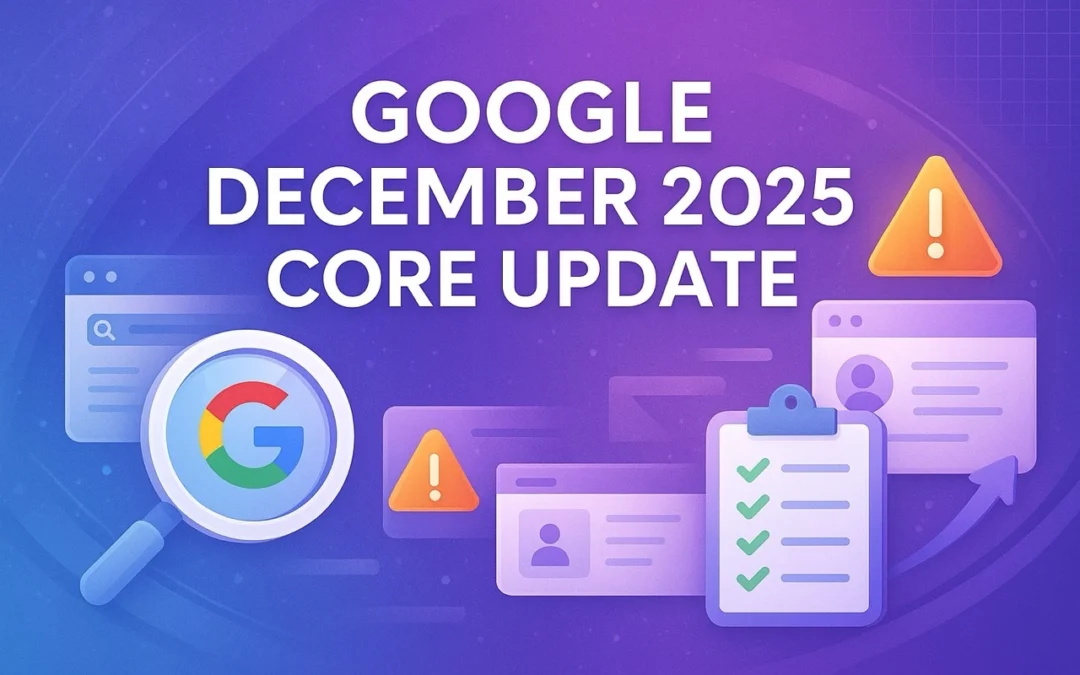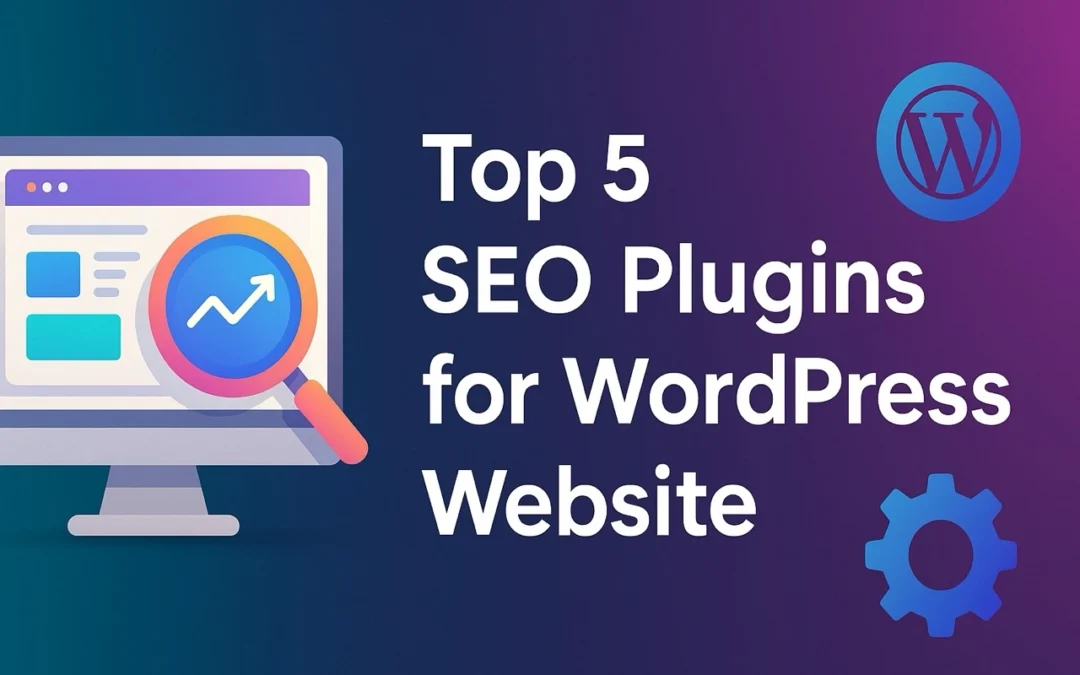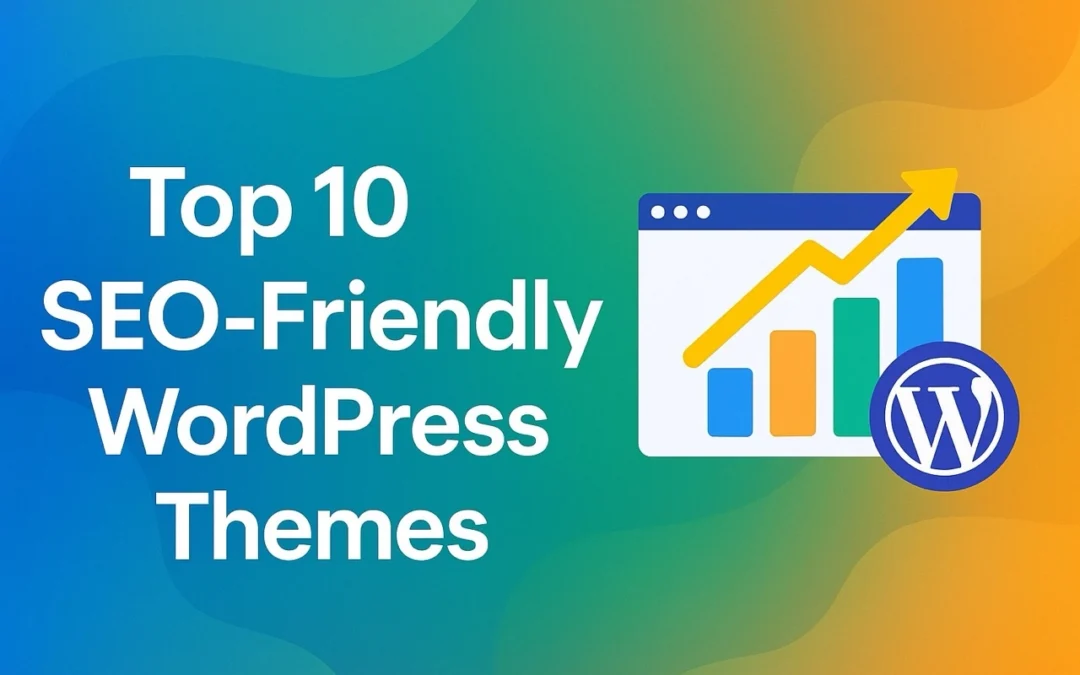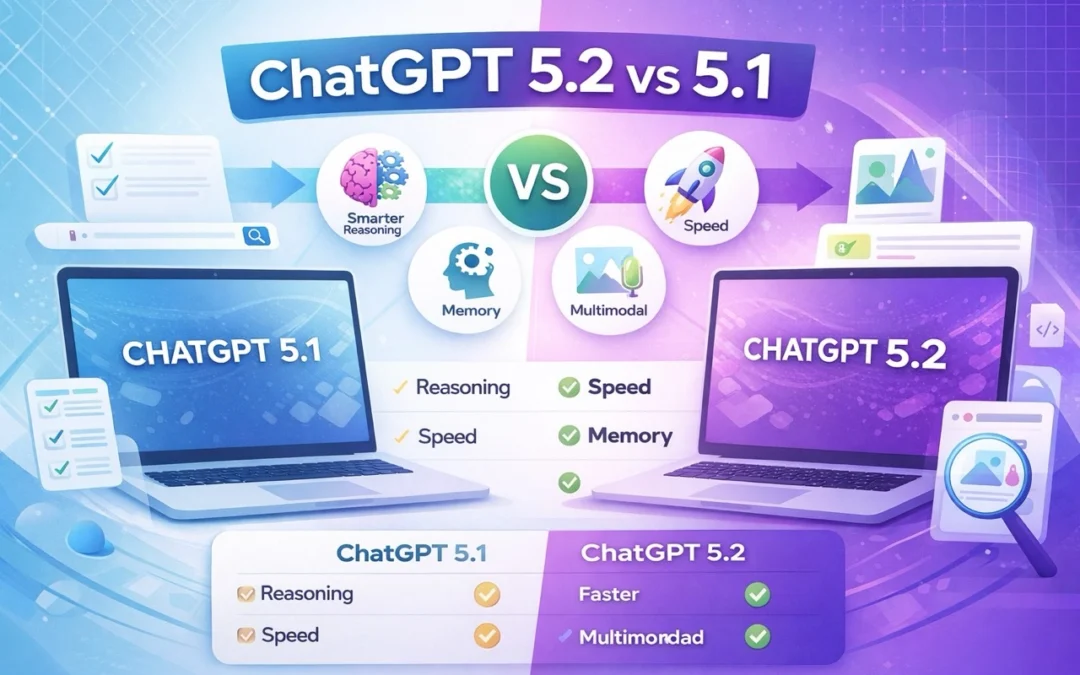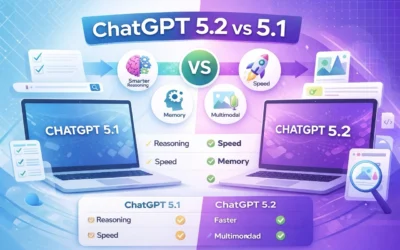Table of Contents
The e-commerce world is racing ahead. What used to take weeks now takes minutes. And behind that speed? Artificial Intelligence.
In 2025, AI isn’t just helping with ads or analytics. It’s shaping every step of the online shopping journey – from how products are described to how customers chat, browse, and buy.
If you run an online store, you’re standing in front of a huge opportunity. AI content tools can turn your digital storefront into a dynamic, personalized, and efficient machine.
In this guide, we’ll explore how AI is rewriting the e-commerce rulebook. You’ll see the tools, trends, and real examples that show how online retail is changing fast – and how you can keep up.
The Rise of AI in E-Commerce – 2025 Snapshot
The past year has been wild for e-commerce tech. AI adoption has exploded since 2024, and it’s no longer limited to big brands.
A report from McKinsey says more than 70% of retailers now use AI in at least one business function. What used to be experimental is now essential.
And there’s a reason for that. Customers expect more – faster responses, smarter recommendations, and accurate content. Manual methods can’t keep up with those demands.
Content automation is no longer optional. It’s how brands scale their operations while keeping experiences personal.
Think of it like this: AI gives your business a thousand digital assistants who work non-stop, writing, analyzing, and optimizing everything that drives your store.
AI Content Tools – The New Engine of Online Retail
Let’s break down what these tools actually do. AI content tools automate how you create, organize, and publish digital content.
They can write, design, and even optimize product pages while keeping your brand voice consistent. Below are the key ways e-commerce businesses are using them.
AI Product Description Generators
Every online store owner knows the pain of writing hundreds of product descriptions. It’s repetitive, slow, and easy to burn out doing it.
AI product description generators fix that. Tools like Jasper, Writesonic, and Shopify Magic turn product specs into clean, SEO-friendly descriptions in seconds.
You enter details like size, colour, and materials-and the AI generates persuasive copy that aligns with your brand tone.
The benefits?
- You upload new products faster.
- You can translate listings into multiple languages easily.
- Your SEO improves because AI can insert the right keywords naturally.
It’s like having a copywriter who never sleeps.
AI Content Creation for Online Retailers
Beyond product listings, AI assists with all other aspects that support your store, including blog posts, FAQs, category descriptions, and landing pages.
Need a blog about “Summer Style Trends”? An AI tool can draft it in minutes.
Need 50 meta descriptions for your store’s new arrivals? Done.
What’s more, the tone stays consistent across your site. That means you sound professional, no matter who’s writing (or which AI is).
This doesn’t just save time. It also boosts visibility. Google rewards fresh and optimised content, and AI helps deliver that regularly without hiring a massive team.
Smarter Shopping Experiences Through AI
Let’s move beyond content and look at how AI changes the way customers shop.
Today’s shoppers want experiences that feel custom-made. They don’t want to scroll through hundreds of products – they want the right one shown instantly.
That’s where personalization and smart tools come in.
AI-Driven Personalized Shopping
Imagine walking into a store where every product shelf adjusts based on what you like. That’s what AI-driven personalisation does online.
By tracking browsing habits, purchase history, and even dwell time, AI tools recommend the most relevant products for each customer.
Platforms like Dynamic Yield, Bloomreach, and Clerk.io specialise in this. They predict what your shoppers might buy next and surface it automatically.
The result?
- Higher average order value.
- Lower bounce rates.
- A shopping experience that feels personal and human.
Personalization used to be something only Amazon could afford. Now, anyone with the right AI tool can offer it.
AI Visual Search in Online Stores
Ever seen a pair of shoes online and thought, “I want something like that”? Visual search makes it happen.
AI visual search tools, like Syte and ViSenze, allow customers to upload or click an image and find similar products instantly.
No need to type awkward keywords like “red patterned sleeveless dress.” Just show the photo. The AI identifies patterns, colours, and shapes, then brings up matching items.
This makes discovery easier and shopping faster. For visual-first categories like fashion, home décor, and jewelry, it’s a complete game-changer.
AI-Powered Customer Support Tools & Chatbots
Customer service used to depend on large teams working in shifts. Now, AI chatbots handle that job around the clock.
They answer FAQs, guide users to products, and even help complete purchases. The smarter ones can upsell and cross-sell based on customer intent.
Tools like Gorgias, Intercom, and Chatfuel are popular choices for e-commerce stores.
And here’s the cool part – many can now recognize tone and respond politely or empathetically.
Customers feel like they’re chatting with a real assistant, not a robot.
AI for E-Commerce Operations & Growth
AI isn’t only about flashy content or pretty pages. It also runs the invisible systems that keep your store efficient and profitable.
Let’s look at the backend magic that keeps online stores smooth and scalable.
AI for Inventory Management in E-Commerce
Inventory is where most e-commerce headaches begin. Too much stock means wasted money. Too little means lost sales.
AI solves that by forecasting demand. It studies patterns – what sells when, in which region, and under what conditions. Then it adjusts stock levels automatically.
The best part? AI can connect with your storefront to hide out-of-stock products or push ones that need attention.
Predictive systems are like having a smart warehouse manager who never gets tired.
AI Tools for E-Commerce Marketing
Marketing is where AI shows off its creativity.
Tools now create ad copies, optimize targeting, and even analyze performance in real time.
Platforms like Jasper, Copy.ai, and AdCreative.ai can write multiple ad versions for you – perfect for A/B testing without spending hours brainstorming.
You can also integrate AI with Meta Ads, Google Ads, and email tools to automate campaigns.
The result? Your marketing feels human but moves at machine speed.
AI-Powered Email Marketing for Retailers
Email marketing remains one of the most powerful ways to convert customers. AI makes it smarter.
Tools like Klaviyo AI or Omnisend AI can:
- Suggest personalized product recommendations.
- Pick the best time to send emails.
- Trigger follow-ups when users abandon carts or browse products.
It’s all data-driven and automatic.
Think of it as your digital sales rep who knows every customer’s name and shopping habit.
Using AI for E-Commerce SEO
SEO has always been time-consuming. Keyword research, clustering, and optimization take hours.
AI tools simplify all of that. They analyze trends, group relevant keywords, and even draft outlines for SEO-rich pages.
Some can scan your website to find missing internal links or optimize meta tags automatically.
With platforms like Surfer AI, Frase, and Writesonic, you can publish optimized content faster – and climb search rankings with less effort.
The Best AI Tools for Online Stores in 2025
Here’s a snapshot of the best AI tools shaping online retail this year:
| Category | Example Tools | Use Case |
|---|---|---|
| Product Descriptions | Jasper, Shopify Magic, Copy.ai | Generate listings |
| Personalization | Dynamic Yield, Bloomreach, Clerk.io | Predictive recommendations |
| Chatbots | Gorgias, Intercom, Chatfuel | Automated support |
| SEO Content | Surfer AI, Writesonic, Frase | Content optimization |
| Visual Search | Syte, ViSenze | Product discovery |
| Marketing Automation | Klaviyo AI, Omnisend AI | Email & campaign triggers |
Each one has a specific strength. The key is picking the ones that match your store’s biggest challenges – not using all at once.
Generative AI in Action – Real-World E-Commerce Examples
Let’s look at how real brands are putting AI to work.
Sephora uses AI-powered chatbots to help shoppers find the right beauty products. The bot asks a few questions about preferences and budget, then offers spot-on recommendations.
Amazon takes personalization further. Its recommendation engine analyzes millions of data points per second to predict what users will want next.
And Shopify Magic allows store owners to auto-generate product descriptions within the platform – saving hours per week.
These aren’t futuristic experiments. They’re active examples showing measurable results – more engagement, better conversions, and happier customers.
The Future of AI in E-Commerce
So what’s next?
AI is moving from being a tool to becoming an invisible partner in retail. The next phase will bring autonomous stores, voice-driven shopping, and real-time personalization that reacts to mood and behavior.
But with innovation comes responsibility. Retailers must be transparent about AI-generated content and how customer data is used.
The future looks promising – but trust and ethics will define which brands win.
How to Get Started – Building Your AI-Powered Storefront
If you’re ready to bring AI into your e-commerce strategy, here’s a simple roadmap.
Step 1: Audit your current setup.
Look at where you spend most time – writing content, replying to customers, or managing stock. Those are the areas AI can improve first.
Step 2: Identify repetitive tasks.
Anything that feels manual or boring can probably be automated.
Step 3: Start small.
Use AI for product descriptions or a simple chatbot. Test the results before scaling.
Step 4: Choose tools that integrate well.
Pick AI tools that connect easily with your CMS or platform. Shopify, WooCommerce, and BigCommerce all support several AI plugins.
Step 5: Measure results.
Track your ROI – not just in sales but in time saved and customer satisfaction.
Conclusion
It’s like hiring a digital team member who pays for itself in weeks.
AI isn’t here to replace people. It’s here to help them do more – faster and better.
The brands that adopt AI content tools now will stand ahead in 2025. Not because they’re chasing trends, but because they’re choosing efficiency and smarter engagement.
E-commerce has always been about meeting customer expectations. AI just helps you meet them quicker – and sometimes before they even realize what they want.
If you’re ready to make that leap, start with one step. Write your next product page with AI. Or let a chatbot handle your midnight customer messages.
Small changes add up – and soon, your digital storefront won’t just sell products. It’ll think, respond, and adapt like a living part of your business.
FAQs
What are the best AI content tools for small stores?
Shopify Magic, Copy.ai, and Writesonic are affordable and beginner-friendly.
How can AI improve e-commerce SEO?
By automating keyword research, writing content briefs, and optimizing pages faster than manual work.
Are AI-generated product descriptions safe for SEO?
Yes, if reviewed and edited for accuracy. Google rewards relevance, not whether a human or AI wrote it.
How do I maintain my brand voice?
Train the AI with examples of your tone and style. Most tools let you set voice guidelines.
Can AI help reduce cart abandonment?
Yes. AI-driven emails and personalized product reminders bring users back to complete purchases

